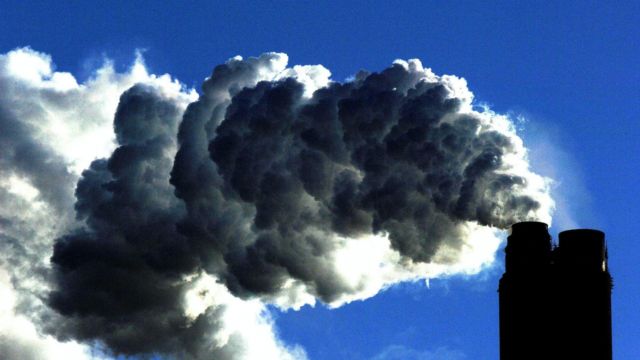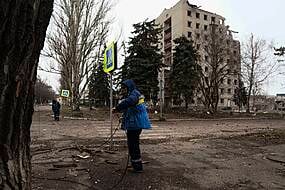But they warn that this natural event does not come close to matching what humans are doing today.
In a study published in the journal Proceedings of the National Academy of Sciences, researchers suggest ancient volcanism sent huge amounts of carbon dioxide into the atmosphere during that time, which was then absorbed by the oceans over thousands of years.
The soaring carbon dioxide levels drove temperatures up by between 5C and 8C during a time period known as the Paleocene-Eocene Thermal Maximum (PETM), about 55.6 million years ago.
The researchers say the event triggered chemical reactions that caused waters to become highly acidic, killing and impairing many marine species.
They warn that current human-led emissions are introducing carbon into the oceans up to eight times faster than the volcanoes did, and the oceans are again absorbing much of it.
Study co-author Dr Barbel Honisch, a geochemist at Lamont-Doherty Earth Observatory at Columbia University in the US, said: “If you add carbon slowly, living things can adapt.
“If you do it very fast, that’s a really big problem.”

She added: “The past saw some really dire consequences, and that does not bode well for the future.
“We’re outpacing the past, and the consequences are probably going to be very serious.”
While scientists have known about the PETM carbon surge for decades, the reason behind this event has been unclear.
To find out more, the researchers mimicked highly acidic ocean conditions in the lab, where they cultured tiny shelled marine organisms called foraminifera.
They compared the geochemical information gathered from the lab-grown organisms with the data from fossilised foraminifera from the PETM time period.
This method allowed the researchers to calculate the amount of carbon added to the ocean during the PETM, which, they say, was as much as 14.9 quadrillion metric tons over about 5,000 years.
The researchers believe volcanoes to be the likely source of ancient carbon in the oceans, possibly from massive eruptions centred around what is now Iceland.
We're outpacing the past, and the consequences are probably going to be very serious
They say carbon would have come from carbon dioxide emitted directly by the eruptions, the combustion of surrounding sedimentary rocks, and some methane welling up from the depths.
However, the researchers warn humans are now introducing carbon into the oceans three to eight times faster than these ancient volcanoes, or possibly even more.
Atmospheric levels have shot up from about 280 parts per million in the 1700s to about 415 today and are on a path to keep rising rapidly, they said.
And as oceans continue to absorb carbon dioxide, rapid acidification is starting to stress marine life.
Lead author Laura Haynes, an assistant professor at Vassar College in New York, US, said: “We want to understand how the Earth system is going to respond to rapid CO2 emissions now.
“The PETM is not the perfect analogue, but it’s the closest thing we have. Today, things are moving much faster.”







